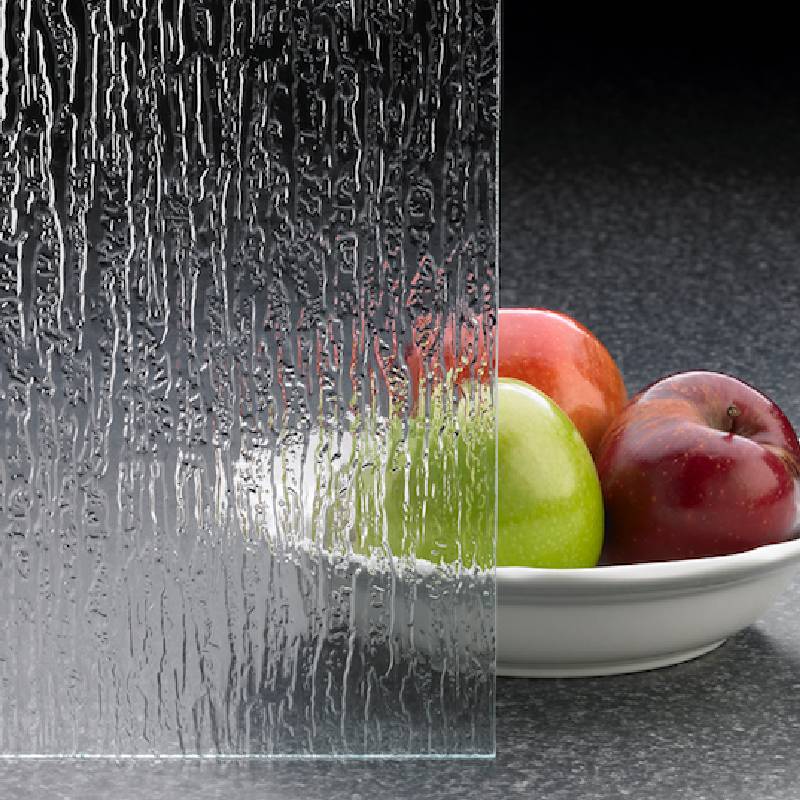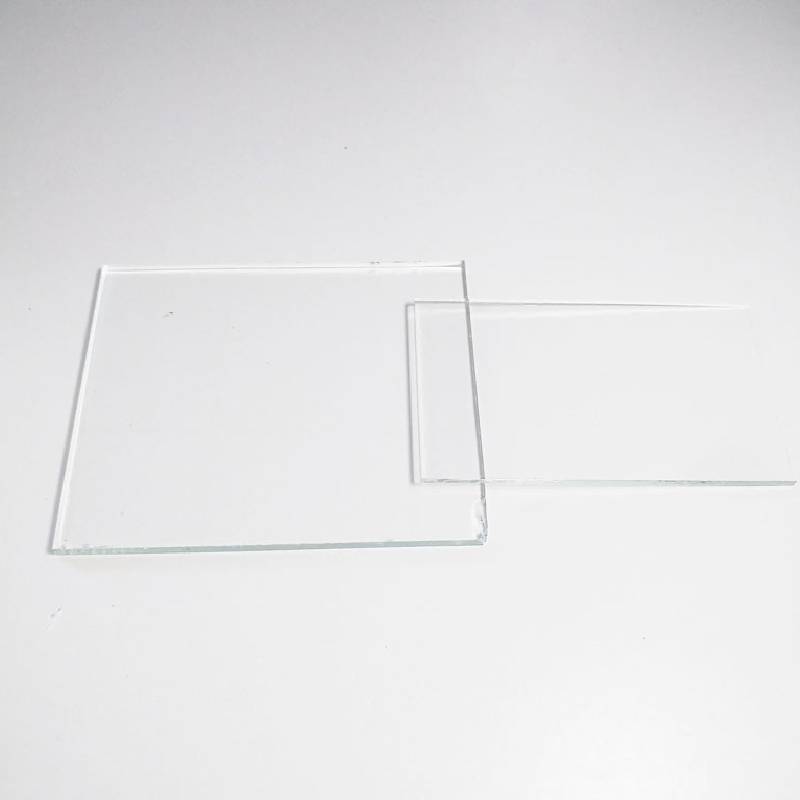Tempered glass has become an essential material across numerous industries, thanks to its durability, safety features, and versatility. From mobile phone screens to architectural elements, the options available for tempered glass applications are vast and varied, providing consumers with reliable solutions that meet diverse needs. This article delves deep into the world of tempered glass options, exploring their unique benefits and advancements that make them stand out in the marketplace.

Tempered glass, often referred to as toughened glass, is recognized for its strength and safety characteristics. Unlike ordinary glass, which can shatter into sharp, dangerous shards, tempered glass breaks into small, blunt pieces that are less likely to cause injury. This crucial safety feature makes it an ideal choice for a range of applications, from vehicle windows to shower doors.
One of the noteworthy options in the tempered glass range is the anti-glare tempered glass. This variant minimizes reflection and glare, allowing clear visibility under bright lighting conditions. It is especially beneficial for electronic display screens, where clarity and visibility are paramount. Professionals working long hours on computers or mobile devices can benefit greatly from this technology, as it reduces eye strain caused by screen glare, thus enhancing user comfort and productivity.

Another innovative option is the ultra-thin tempered glass, which offers robust protection without adding significant bulk or weight. This type of glass is particularly beneficial for technological devices such as smartphones and tablets, where maintaining a sleek profile is critical. Despite its thinness, it provides exceptional resistance to scratches and impacts, ensuring the longevity of the device's screen.
For those seeking enhanced privacy without sacrificing style, frosted tempered glass is an excellent choice. This glass is often used in office partitions and bathroom doors, offering both privacy and an element of sophistication. The frosted finish diffuses light beautifully, creating an airy, open feeling in any space, while still maintaining a barrier against prying eyes.
tempered glass options
Tempered glass is also making strides in energy efficiency, with low-emissivity glass becoming increasingly popular. This type of tempered glass is coated with a special material that reflects heat while allowing light to pass through. It helps in maintaining indoor temperatures, reducing the need for artificial heating or cooling, and ultimately lowering energy costs. This makes it a sustainable option for environmentally conscious consumers and businesses aiming to reduce their carbon footprint.
In architectural applications, the versatility of tempered glass is unmatched. Structural tempered glass is employed in building facades, skylights, and railings, providing a blend of aesthetic appeal and structural integrity. Its resistance to high levels of thermal stress makes it ideal for large-scale installations where ordinary glass would fail. Additionally, advancements in glass technology have led to the development of self-cleaning tempered glass, which significantly reduces maintenance efforts and ensures that buildings maintain their clarity and brilliance over time.
Tempered glass options extend into the automotive industry as well, where safety is a paramount concern. Laminated tempered glass is commonly used in windshields and windows, providing the dual benefits of impact resistance and safety. The lamination process involves sandwiching a layer of polyvinyl butyral (PVB) between sheets of tempered glass, which holds the glass together even when broken, further enhancing safety during collisions.
When discussing tempered glass options, it is crucial to highlight the credibility and reliability of manufacturers. Reputable tempered glass providers adhere to rigorous safety standards, certification processes, and quality checks to ensure that their products are of the highest standard. Consumers should look for accredited manufacturers whose tempered glass products have undergone extensive testing and certification, such as ISO standards, to guarantee durability and safety.
In conclusion, the diverse range of tempered glass options available today offers solutions tailored to specific needs, combining safety, durability, and aesthetic appeal. These options not only meet the functional requirements of various industries but also cater to the evolving demands of modern consumers seeking reliable and innovative materials. As technology and manufacturing processes advance, tempered glass will continue to provide leading-edge solutions that not only meet but exceed expectations, solidifying its place as an essential component in both everyday products and architectural masterpieces.
 Afrikaans
Afrikaans  Albanian
Albanian  Amharic
Amharic  Arabic
Arabic  Armenian
Armenian  Azerbaijani
Azerbaijani  Basque
Basque  Belarusian
Belarusian  Bengali
Bengali  Bosnian
Bosnian  Bulgarian
Bulgarian  Catalan
Catalan  Cebuano
Cebuano  Corsican
Corsican  Croatian
Croatian  Czech
Czech  Danish
Danish  Dutch
Dutch  English
English  Esperanto
Esperanto  Estonian
Estonian  Finnish
Finnish  French
French  Frisian
Frisian  Galician
Galician  Georgian
Georgian  German
German  Greek
Greek  Gujarati
Gujarati  Haitian Creole
Haitian Creole  hausa
hausa  hawaiian
hawaiian  Hebrew
Hebrew  Hindi
Hindi  Miao
Miao  Hungarian
Hungarian  Icelandic
Icelandic  igbo
igbo  Indonesian
Indonesian  irish
irish  Italian
Italian  Japanese
Japanese  Javanese
Javanese  Kannada
Kannada  kazakh
kazakh  Khmer
Khmer  Rwandese
Rwandese  Korean
Korean  Kurdish
Kurdish  Kyrgyz
Kyrgyz  Lao
Lao  Latin
Latin  Latvian
Latvian  Lithuanian
Lithuanian  Luxembourgish
Luxembourgish  Macedonian
Macedonian  Malgashi
Malgashi  Malay
Malay  Malayalam
Malayalam  Maltese
Maltese  Maori
Maori  Marathi
Marathi  Mongolian
Mongolian  Myanmar
Myanmar  Nepali
Nepali  Norwegian
Norwegian  Norwegian
Norwegian  Occitan
Occitan  Pashto
Pashto  Persian
Persian  Polish
Polish  Portuguese
Portuguese  Punjabi
Punjabi  Romanian
Romanian  Russian
Russian  Samoan
Samoan  Scottish Gaelic
Scottish Gaelic  Serbian
Serbian  Sesotho
Sesotho  Shona
Shona  Sindhi
Sindhi  Sinhala
Sinhala  Slovak
Slovak  Slovenian
Slovenian  Somali
Somali  Spanish
Spanish  Sundanese
Sundanese  Swahili
Swahili  Swedish
Swedish  Tagalog
Tagalog  Tajik
Tajik  Tamil
Tamil  Tatar
Tatar  Telugu
Telugu  Thai
Thai  Turkish
Turkish  Turkmen
Turkmen  Ukrainian
Ukrainian  Urdu
Urdu  Uighur
Uighur  Uzbek
Uzbek  Vietnamese
Vietnamese  Welsh
Welsh  Bantu
Bantu  Yiddish
Yiddish  Yoruba
Yoruba  Zulu
Zulu 


